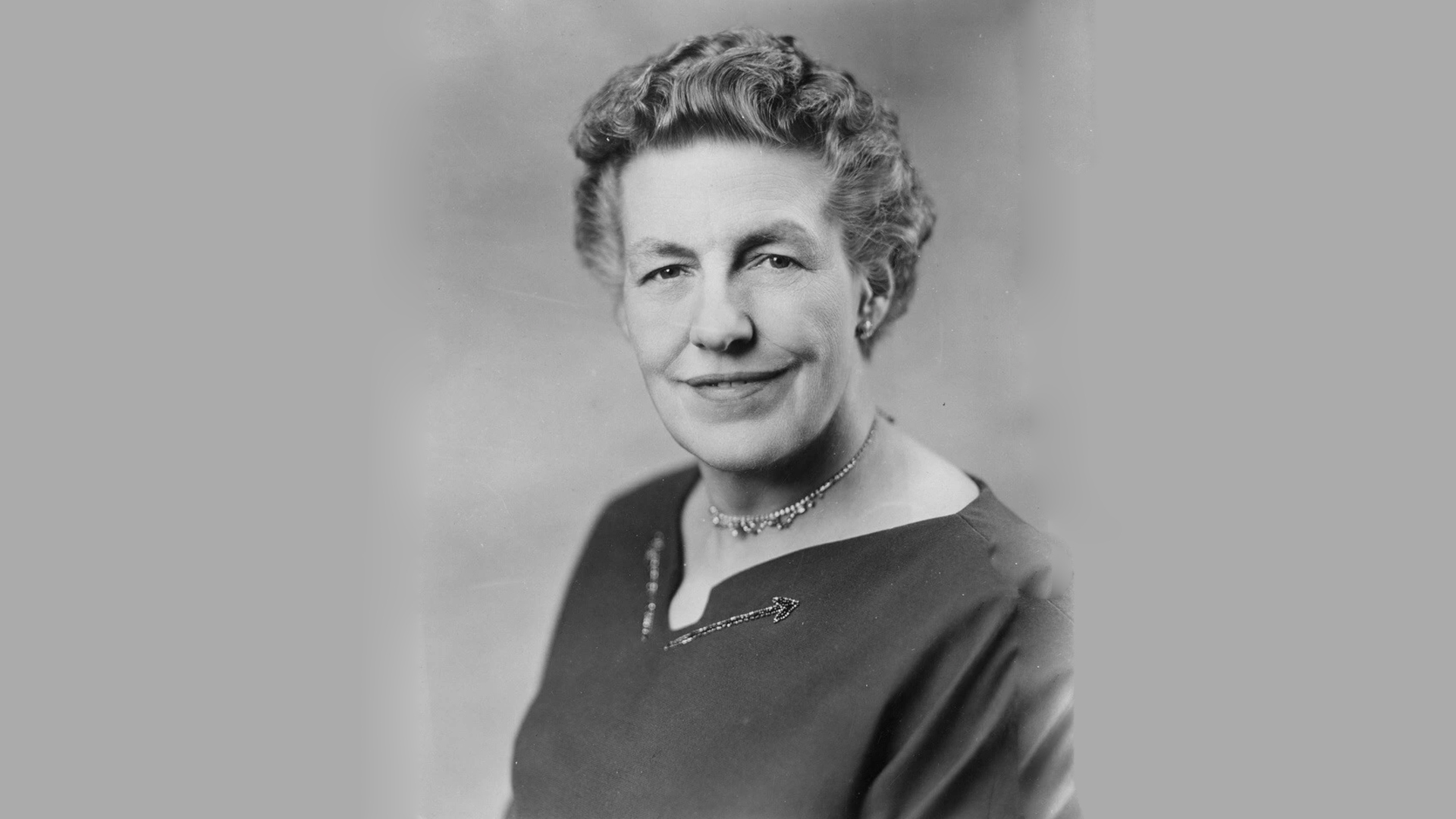Mary Elizabeth Frye
Mary Elizabeth Frye Poems
Do not stand at my grave and weep
I am not there. I do not sleep.
I am a thousand winds that blow.
I am the diamond glints on snow.
...
Mary Elizabeth Frye Biography
a Baltimore housewife and florist, best known as the author of the poem "Do not stand at my grave and weep," written in 1932. She was born Mary Elizabeth Clark, and was orphaned at the age of three. In 1927 she married Claud Frye. The identity of the author of the poem was unknown until the late 1990s, when Frye revealed that she had written it. Her claim was later proven by Abigail Van Buren. Her poem was also used in one of the Norwegian protocols to express condolences after the 2011 Norway attacks.)
The Best Poem Of Mary Elizabeth Frye
Do Not Stand At My Grave And Weep
Do not stand at my grave and weep
I am not there. I do not sleep.
I am a thousand winds that blow.
I am the diamond glints on snow.
I am the sunlight on ripened grain.
I am the gentle autumn rain.
When you awaken in the morning's hush
I am the swift uplifting rush
Of quiet birds in circled flight.
I am the soft stars that shine at night.
Do not stand at my grave and cry;
I am not there. I did not die.
Mary Elizabeth Frye Comments
Mary Elizabeth Frye did not write this poem- Claire Harner did and published it in 1934. Let's give credit where credit is due
a Baltimore housewife and florist, best known as the author of the poem 'Do not stand at my grave and weep, ' written in 1932. She was born Mary Elizabeth Clark, and was orphaned at the age of three. In 1927 she married Claud Frye.
She was born Mary Elizabeth Clark, and was orphaned at the age of three. In 1927 she married Claud Frye. The identity of the author of the poem was unknown until the late 1990s, when Frye revealed that she had written it. Her claim was later proven by Abigail Van Buren.

I hate this poem. I always have. Even if the idea of someone becoming one with the universe and nature is comforting, the poem completely invalidates and ignores the experience of the grieving people left behind. It expressly FORBIDS them to grieve - DO NOT WEEP. DO NOT CRY? ! ? ! ? ! ? People who love and miss someone usually need to, want to weep, to cry. It's NORMAL to do so - even if you believe that you somehow are still connected to your loved one through the rain and the stars. This is just another loathsome, maddening example of how our culture is grief-phobic, grief-ignorant, and is squeamish about NATURAL reactions to loss. I hate how viral this poem has become, because it just reinforces the damage of forbidden, unsupported grief. Some people DON'T need to cry when they grieve - if that's really normal for them, fine. But tears after a loss - most of us shed them. Quit stomping on our grief.
I think that what this poem is TRYING to tell us is to not grieve over someone's grave long after they're gone, for that will stop you from thinking of all of the good memories you have with that person. You will only think of the bad things and therefor be pretty pessimistic.
I must say that you are right but wrong at the same time. Someone should NEVER forbid another to grieve over their dead body. But I don't think that is what she's trying to say.
Personally, when I die, I want people to think about me and joyous memories will surface and they will smile. I do NOT want them to cry at the thought of me years after my funeral.
If that happens, then I have FAILED as a person to make other people enjoy my company.